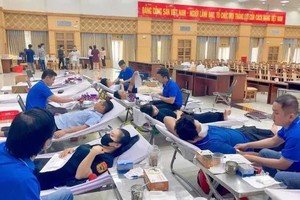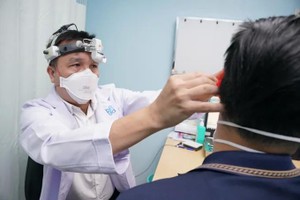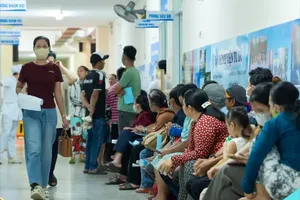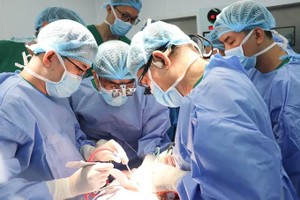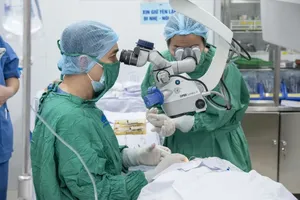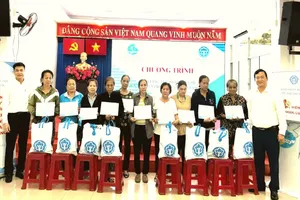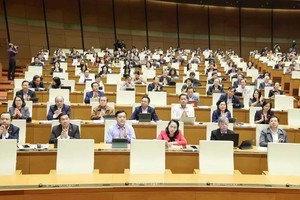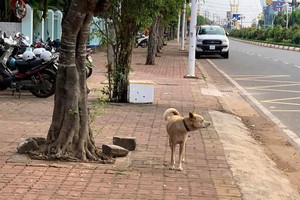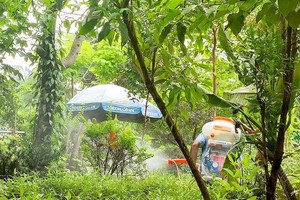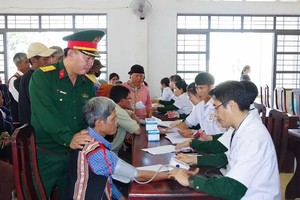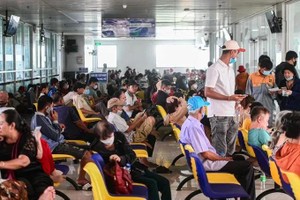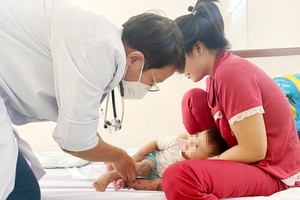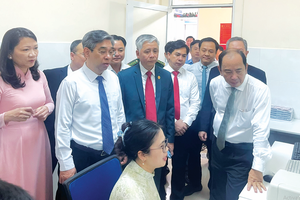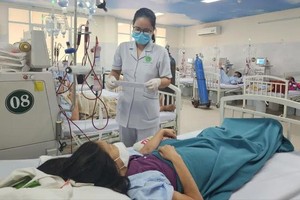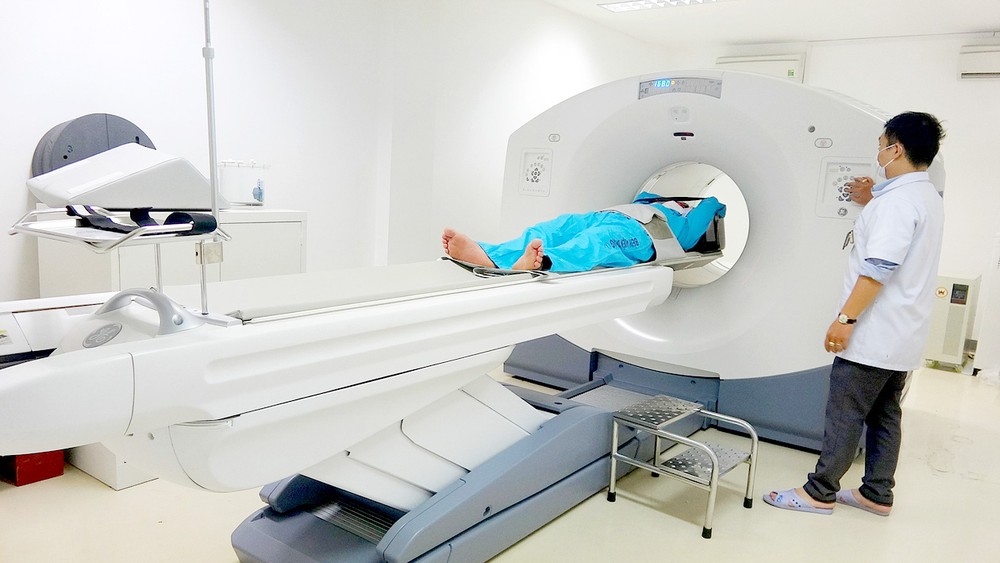
According to Deputy Director Nguyen Thi Kim Hue of the Department of Science and Technology in Ho Chi Minh City, the city currently has over 880 facilities using nearly 2,500 radiation devices, with 65 facilities utilizing radioactive sources.
With this quantity of radiation-used facilities, the city will be at risk of compromising security if there is no mechanism in place to respond to incidents. Therefore, it is crucial to coordinate radiation incident response efforts among relevant units within the city.
Since 2016, Ho Chi Minh City has had a plan for responding to radiation and nuclear incidents, as outlined in Decision No. 2840/QD-BKHCN issued by the Ministry of Science and Technology. This decision includes provisions for coordination mechanisms and response procedures in the occurrence of a radiation incident.
To enhance the effectiveness of coordinating radiation incident responses, the Department of Science and Technology in Ho Chi Minh City and the Oncology Hospital organized a workshop on collaborative mechanisms for handling radiation incidents in the city. During this workshop, experts and radiation equipment users shared insights and discussed coordination strategies.
Huynh Luu Thanh Giang from the Department of Science and Technology stated that compliance with radiation safety regulations in medical X-ray facilities has shown positive outcomes. Specifically, all facilities that were granted initial licenses have undergone equipment inspections. However, approximately 90 percent of facilities adhere to periodic inspection requirements while 95 percent meet the standards for room dimensions where equipment is placed.
Furthermore, roughly 5 percent have smaller-than-regulation spaces, all facilities ensure proper equipment operation procedures and safety protocols, and 98 percent comply with lighting and warning sign requirements.
Regarding preparedness for radiation incidents, the Department of Science and Technology in Ho Chi Minh City regularly sends staff to participate in comprehensive training sessions organized by the Nuclear and Radiation Safety Bureau while they are equipped with two radiation source detection devices and protective gear. The department also conducts assessments, measurements, and mapping of background radiation (ambient radiation) in District 5 and Binh Thanh District.
Background radiation is a measure of the level of ionizing radiation present in the environment at a particular location which is not due to deliberate introduction of radiation sources.
The results have shown that background radiation in the surveyed area is all within permissible limits. To prepare for potential radiation incidents, workshop participants suggested breaking down the incident response process into six fundamental stages including information reception and processing, notification, mobilization and deployment, intervention (incident mitigation), conclusion of response activities and recovery, assessment, consequence analysis, and reporting.
Through experience, incidents are highly likely to occur during the transportation of radioactive sources. Ms. Nguyen Thi Kim Hue further explained that the Department of Science and Technology along with the Tumor Hospital in Ho Chi Minh City have proposed two hypothetical situations and drafted a coordination mechanism scenario to prepare for organizing radiation incident drills in the city.
